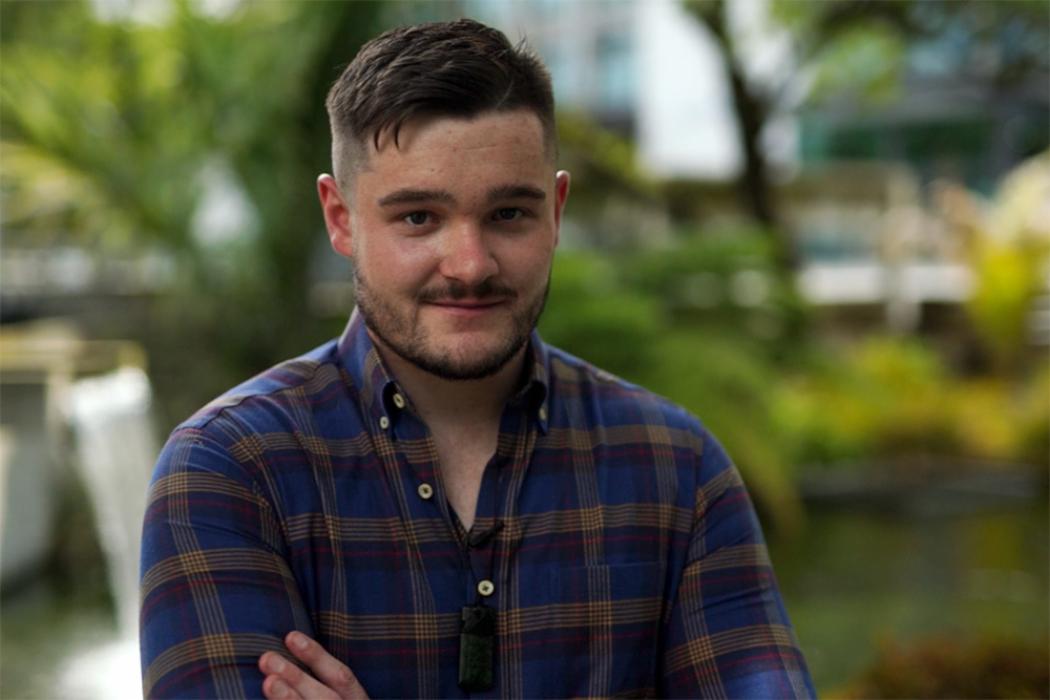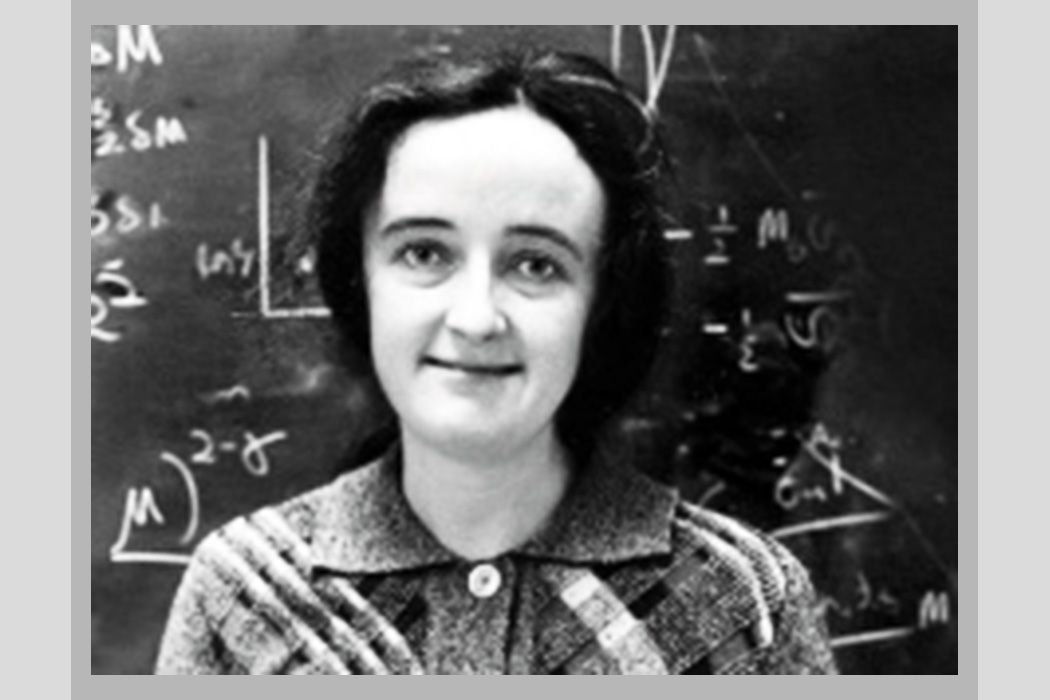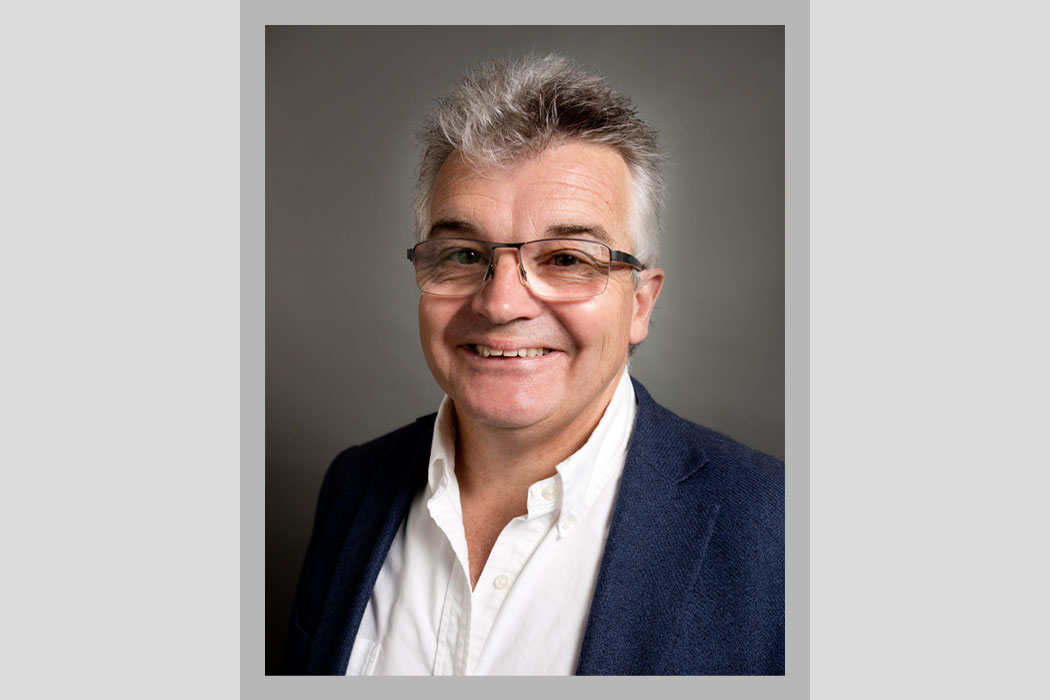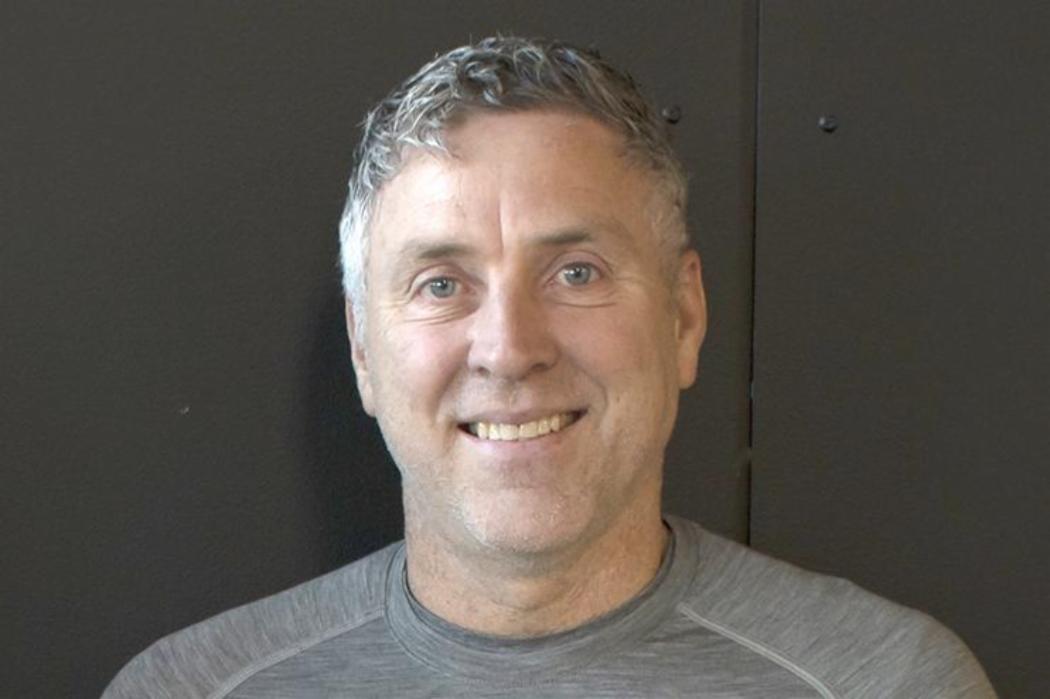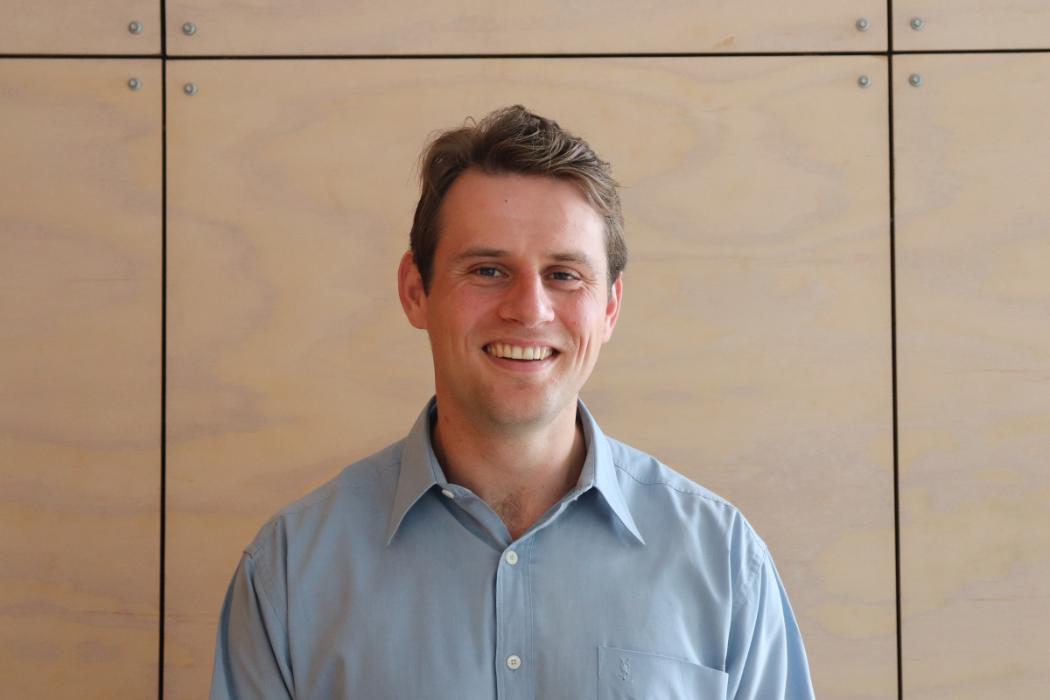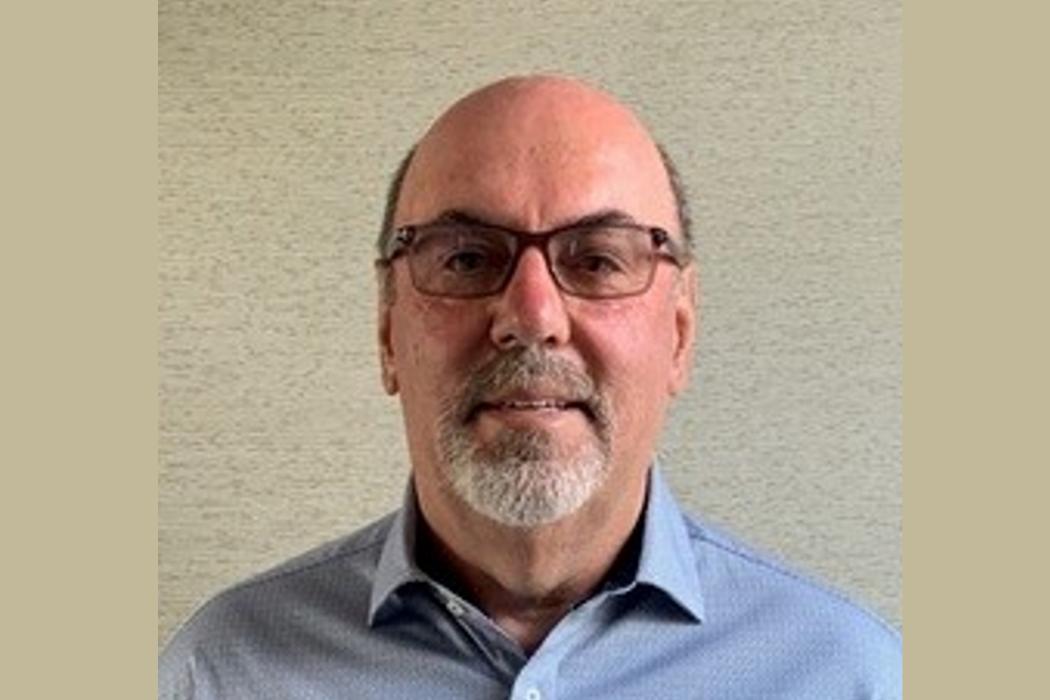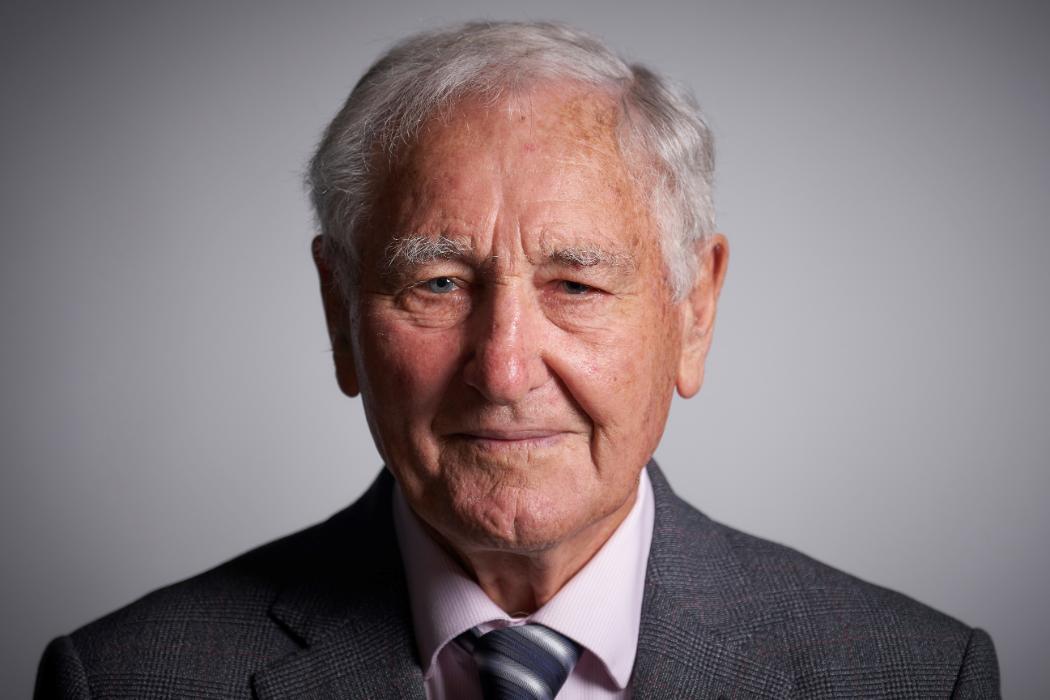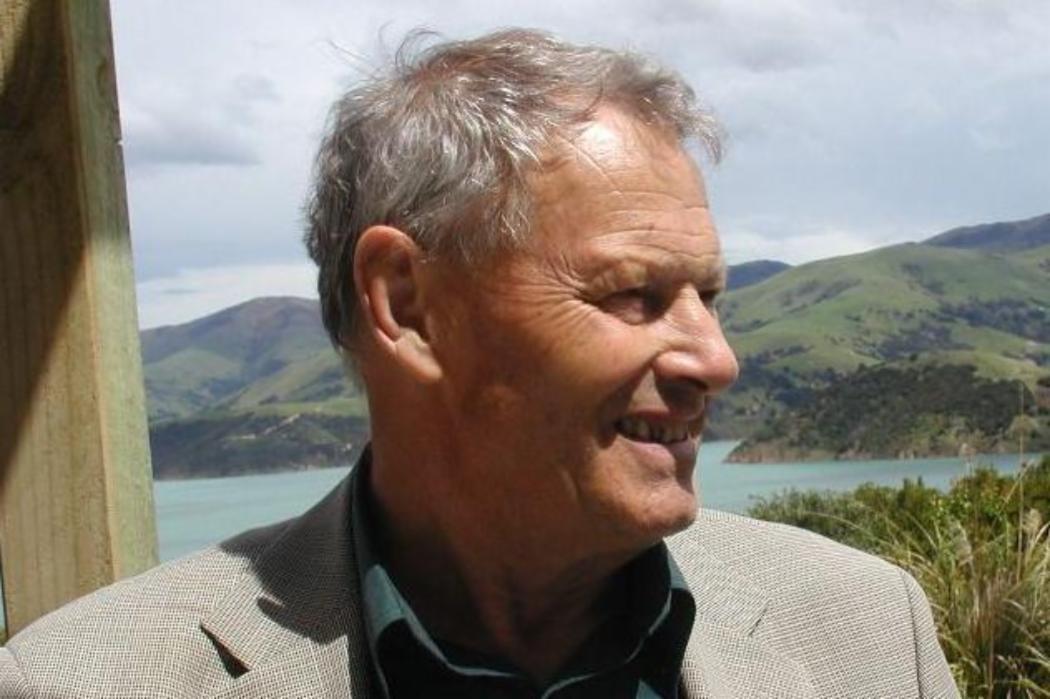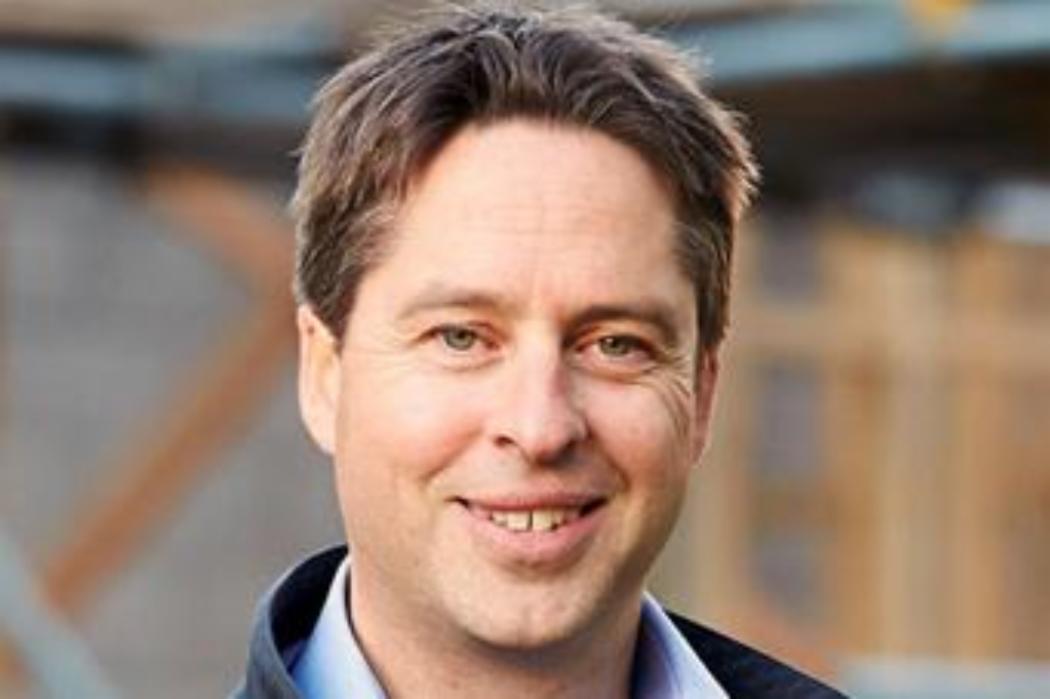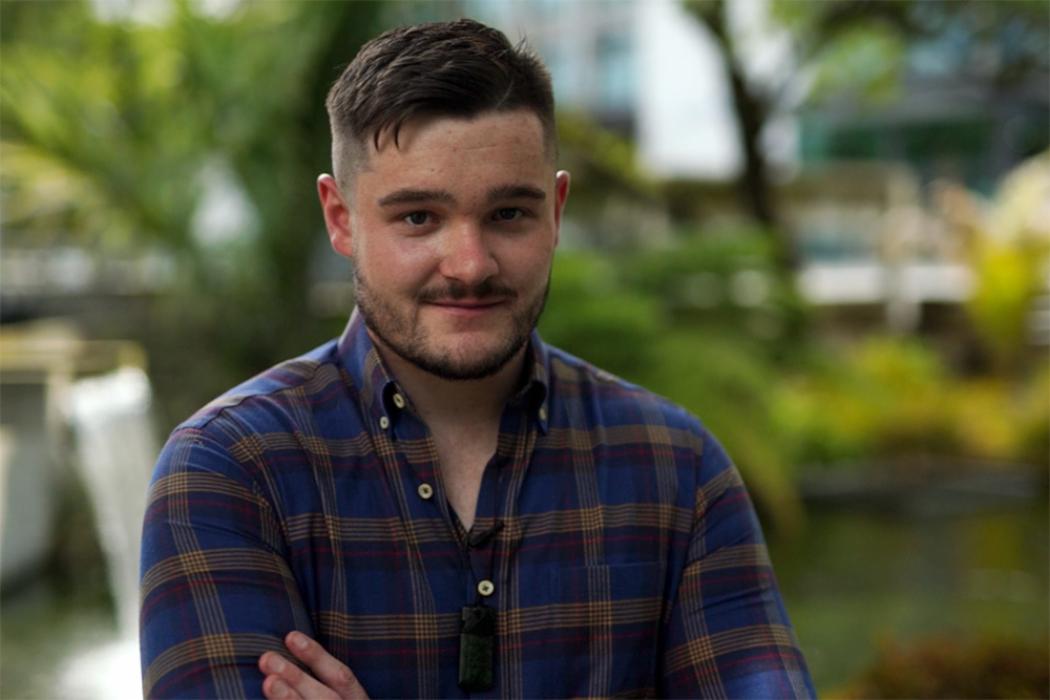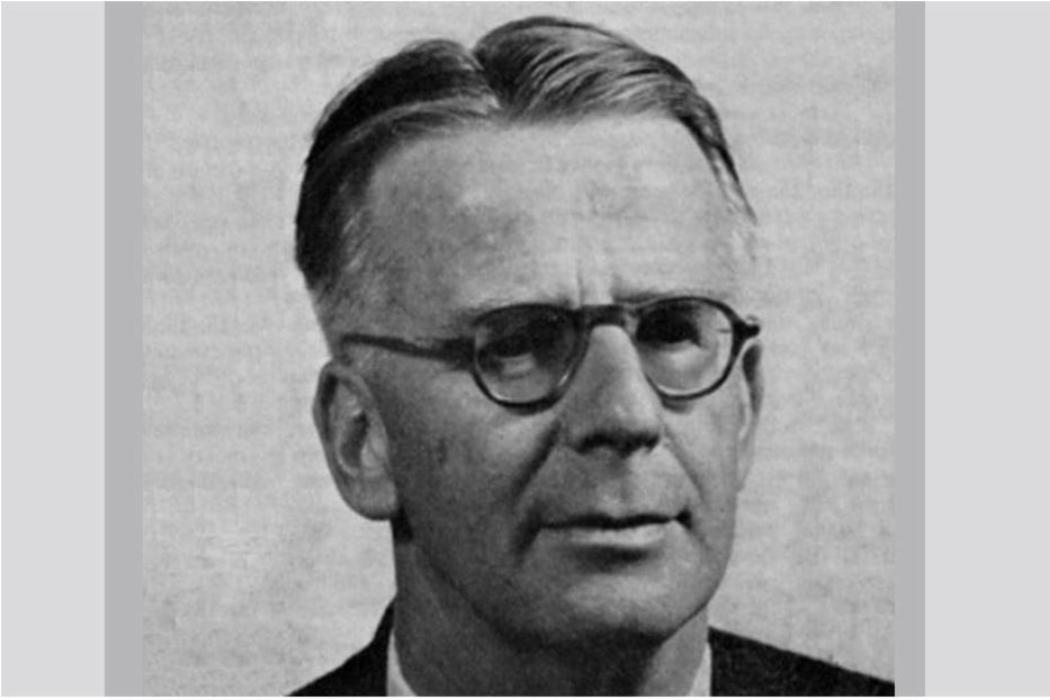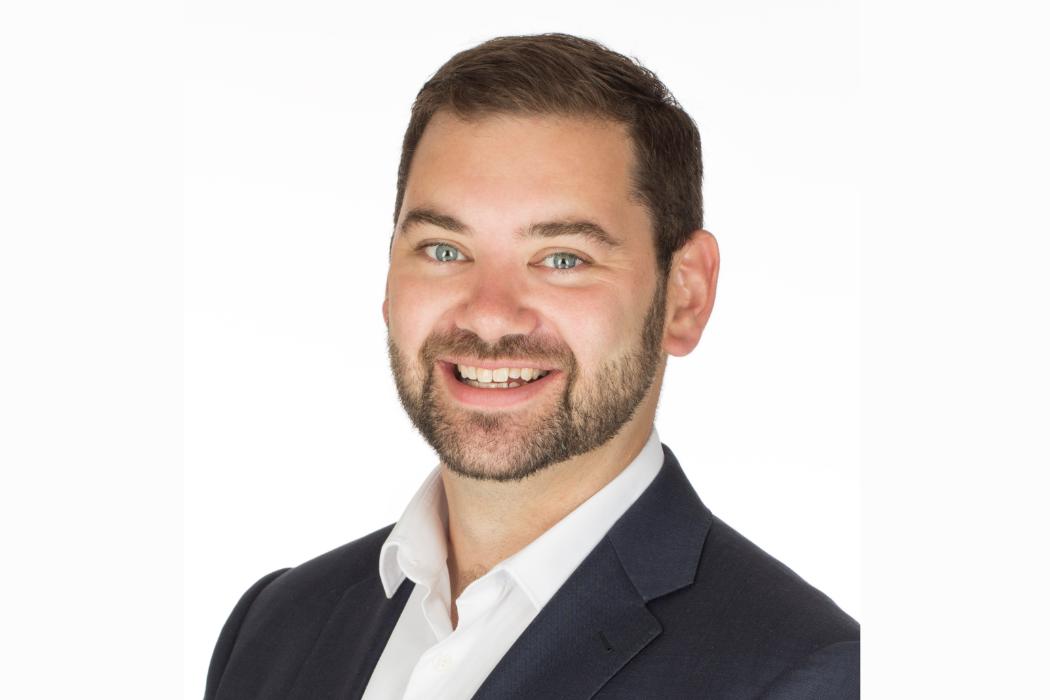Dr Beatrice Tinsley
BSc 1961, MSc (Hons) 1963
Known as the “Queen of the Cosmos”, Beatrice Tinsley’s work has had a profound influence on what scientists know about the stars, the galaxy, and the Universe itself. Deciding by the age of 14 that she wanted to be an astrophysicist, she graduated with an MSc in Physics in 1961. Despite producing over 100 papers in her short 14-year academic career, Beatrice struggled to receive professional recognition in the male-dominated world of academia in the United States. She became a Professor of Astronomy at Yale University, only 3 years before her death in 1981.
